As the global industrialization process continues to advance, the demand for oxygen in metallurgy, chemical industry, environmental protection, water treatment and many other industries continues to grow. Especially in steel combustion, ozone oxidation, glass combustion aid and waste gas treatment, high purity, large flow rate, continuous and stable oxygen supply has become a key element to guarantee production efficiency and process quality.
Compared with the traditional liquid oxygen bottled distribution system, industrial on-site oxygen generation system (such as PSA, VPSA, deep cooling, etc.) is gradually replacing the bottled oxygen as the mainstream of the industry due to its advantages of low operation cost, high safety and strong gas supply stability. Their flexible deployment capability and automation level are also more capable of meeting the demand for continuous operation under complex working conditions.
In front of such diversified technology paths and brand choices, how to choose an industrial oxygen system brand that can meet the usage scenarios while taking into account cost-effectiveness and system reliability has become the key to corporate procurement decisions. This article will systematically analyze the key points of industrial oxygen generation system selection, technology comparison and quality brand recommendation, to help you build an efficient, safe and energy-saving on-site oxygen generation solution.
1. Key Criteria for Selecting Industrial Oxygen Systems
Industrial oxygen system is not a “general equipment”, the selection process should be combined with project requirements, operating conditions and future expansion plans for scientific assessment. The following six indicators are important basis for evaluating the advantages and disadvantages of system solutions and brand suitability:
1.1 Oxygen purity range (95%~99.5%)
Different industrial processes have obvious differences in oxygen purity requirements:
Ozone generating system, glass furnace combustion: ≥95% can be satisfied
Pharmaceutical/aerospace/supercritical oxygen applications: ≥99.5% high purity is required
The selection of oxygen should be clearly defined when the end of the process requirements, and matching the stability of the system’s oxygen purity, it is recommended to configure online concentration monitoring. When selecting the model, the process requirements of the oxygen user should be clearly defined, and the stability of the oxygen purity of the system should be matched, and it is recommended to configure online concentration monitoring.
1.2 Gas production flow range (10Nm³/h ~ 3000Nm³/h and above)
Oxygen system needs to match the gas production capacity according to the peak gas consumption, continuity and load change:
Small and medium-sized places: 50~500Nm³/h PSA is usually adopted
Large plant or centralized oxygen supply: 1000~3000Nm³/h or above VPSA or deep cooling is recommended
It is recommended to follow the “Maximum Instantaneous Flow Rate”. It is recommended to reserve redundancy in selection according to “Maximum instantaneous flow × 1.2” to avoid frequent start and stop.
1.3 Comparison of energy efficiency and operation cost (e.g. VPSA vs PSA vs deep cooling)
Operation energy consumption is the most important operation cost of oxygen generation system:
VPSA system: low pressure of adsorption tower + vacuum resolution, overall energy consumption is lower than that of traditional PSA
PSA: simple structure, fast startup, but energy consumption is slightly higher
Deep cooling: suitable for ≥5000Nm³/h oversized demand, but with large investment and high power consumption
The selection of model should be combined with the annual power cost and investment. When selecting the model, ROI analysis should be done in combination with the annual electricity cost and payback period of the project.
1.4 System stability and maintenance cycle (to adapt to high temperature, high humidity, dust environment)
The operating environment has a great impact on the life and stability of the equipment:
high temperature and humid areas: it is recommended to use water-cooled + dehumidification double insurance
dust or corrosive gases: should be equipped with anticorrosive casing, corrosion-resistant molecular sieve
molecular sieve replacement cycle is recommended to be ≥ 3 years, the compressor maintenance cycle of ≥ 6,000 hours
should be attached importance to the system’s “annual maintenance frequency + maintenance frequency + maintenance frequency”. “Annual maintenance frequency + consumables wear and tear costs.
1.5 Brand certification and industry adaptability (ISO, CE, PED, ASME, etc.)
International industrial projects often need to meet multiple industry standards:
European projects: CE + PED (Pressure Vessel Directive)
U.S. exports: ASME certified pressure vessels are recommended
Pharmaceuticals/Environmental protection/foodstuffs: ISO 13485 or GMP registration capability should be available
When choosing a brand, you should verify whether it has actual export qualifications and corresponding system certification. When choosing a brand, you should check whether it has actual export qualification and corresponding system certification.
1.6 Intelligent Control and Remote Operation and Maintenance Capability (PLC, SCADA, Remote Alarm)
Modern industrial customers are more concerned about the visualization and remote management capability of the equipment:
PLC control: supports multi-tower switching, vacuum adjustment, concentration linkage control
SCADA interface: facilitates the docking of data with the whole plant management system
Remote Diagnosis: enables fault warning + cloud support
It is recommended to prefer intelligent control brands that support Modbus / 485 / 4-20mA / TCP interfaces to improve operation and maintenance efficiency.
2. Top Brands Recommended for Industrial Oxygen Systems
Industrial oxygen system is widely used in metallurgy, glass, environmental protection, paper, electronics, pharmaceuticals and other fields, different brands in the product structure, control system, customization capabilities and environmental adaptability of the distinctive features. The following is a brief introduction of the five recommended brands for enterprises’ reference when selecting models:
Brand 1: MINNUO (China)
Overview:
Focuses on the research and development of medium and large-sized VPSA/PSA industrial oxygen generating systems, providing customized solutions of 10~3000Nm³/h with modularization of the whole machine, intelligent control, and strong environmental adaptability.
Main features:
Cost-effective: low energy consumption, small footprint, support for parallel expansion of towers
Flexible deployment: can cope with high temperature/high humidity/high altitude and other special conditions
Intelligent control: PLC/SCADA system supports remote diagnostics and data uploading
Typical applications:
Iron and steel mills, wastewater treatment stations, ozone generating systems, glass melting furnaces, pesticide oxidation workshops and other continuous oxygen supply occasions.
Customer Feedback:
widely exported to Southeast Asia, the Middle East, Africa, easy maintenance, spare parts availability, suitable for budget-sensitive and long-term operation projects.

Brand 2: AirSep (U.S.A.)
Overview:
The world’s leading supplier of industrial and medical oxygen generating equipment, part of Chart Industries, with a global product portfolio.
Main features:
Mature VPSA/deep cooling package, suitable for large gas station projects
Support factory centralized oxygen supply and oxygen cylinder integrated system layout
Powerful modular expansion capacity, can be stacked on demand gas configuration
Typical applications:
Oxygen generation/oxygen enrichment system for large boiler rooms, paper mills, metallurgical factories, and petrochemical companies.
Industry reputation:
The product is highly reliable, but the price is in the middle and high end, which is suitable for projects with sufficient funds and the pursuit of European and American standards.
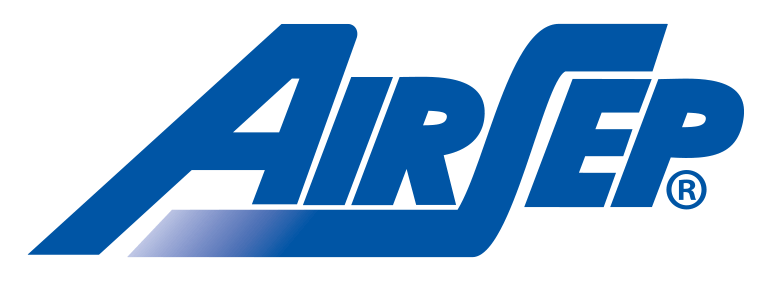
Brand 3: Oxymat (Denmark)
Overview:
specializes in heavy-duty oxygen systems, and its products are exported to military, naval, aerospace and other demanding industries.
Main features:
Rugged, modular structure, suitable for military and marine oxygen supply
The system can be customized according to the intake conditions provided by the customer with multi-stage pretreatment unit
Emphasis on high-pressure delivery, generally through the CE + PED double certification
Suitable for the following scenarios:
Shipboard oxygen supply, high-pressure oxygen tanks, chemical reaction oxygen supply, and other complex applications that require shock resistance and corrosion resistance.
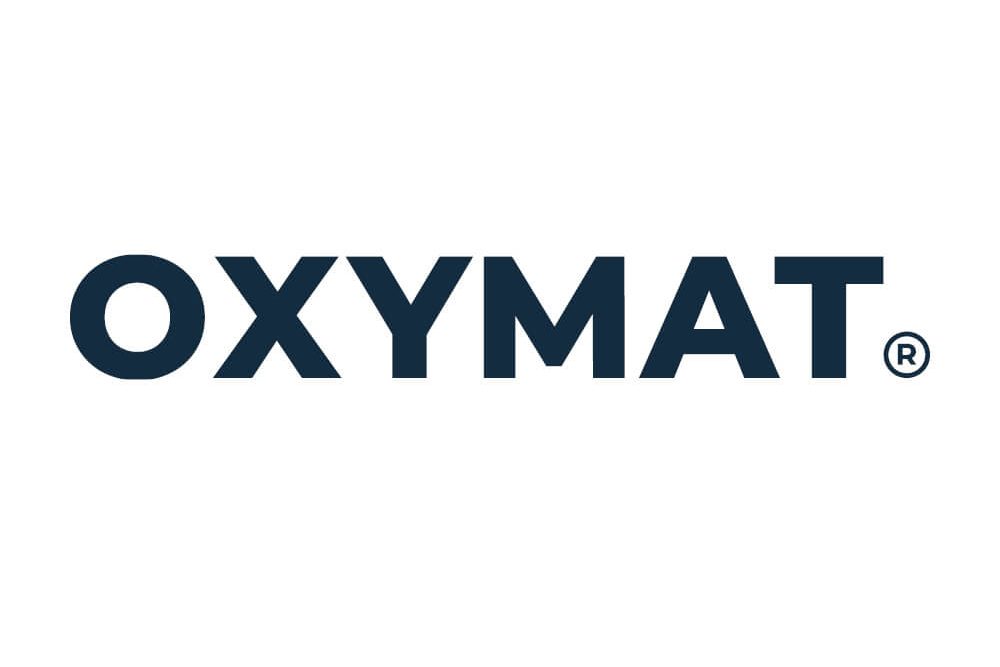
Brand 4: Novair (France)
Overview:
Deep in the field of PSA industrial oxygen generation, specializing in providing high purity oxygen generation + intelligent centralized control solutions.
Key features:
Medical grade manufacturing standard, suitable for inter-industrial projects.
Can be combined with compressor, storage, monitoring, alarm as a complete integrated system.
Provides multi-language control interface, in line with global export specifications.
Recommended applications:
Medium-sized pharmaceutical companies, food companies, local centralized oxygen supply stations, and other occasions where quality control is required.

Brand 5: PCI Gases (U.S.A.)
Overview:
Specialized in high-end industrial gas solutions, with experience in deep-cooling oxygen generation and modular oxygen generation in the field.
Key Features:
Adaptable to extreme environments (e.g. sand, dust, plateau, offshore platforms)
Optional explosion-proof, moisture-proof, shock-proof and other levels of protection
Optional vehicle-mounted and containerized versions for rapid deployment
Adaptable to the following industries:
Offshore drilling platforms, field projects, and post-disaster emergency oxygen supply systems.

Technology Comparison
| Type of technology | Working Principle | Applicable Scenarios | Advantages and disadvantages |
| PSA (normal pressure adsorption) | Nitrogen Adsorption + Oxygen Output | Small and Medium Oxygen Consumption Sites | Low cost, fast startup, slightly higher energy consumption |
| VPSA (vacuum desorption) | Vacuum Pumping + Low Pressure Adsorption | Large Flow Rate Continuous Oxygen Supply Scenarios | Significant energy savings, high system complexity |
| Deep cold separation | Air Liquefaction + Fractionation | Large Steel Mills/Bottled Oxygen Production | High oxygen purity, high investment, large footprint |
3.Application Cases
Case 1: Vietnam Steel Plant (Oxygen Enriched Combustion for Blast Furnace)
Background: A large steel group in northern Vietnam needs to provide a stable oxygen enriched supply of ≥2500Nm³/h to the blast furnace to improve combustion efficiency.
System Configuration: MINNUO VPSA system (four-tower structure) with variable frequency fan + high efficiency vacuum pump.
Operation effect: Oxygen concentration is stabilized at 93%±3%, system energy consumption is reduced by about 18% compared with traditional PSA solution, and the equipment operates for 8000+ hours in a year.
Customer comment: “The equipment runs reliably, has a low failure rate, and fully meets the high-temperature continuous working conditions.”
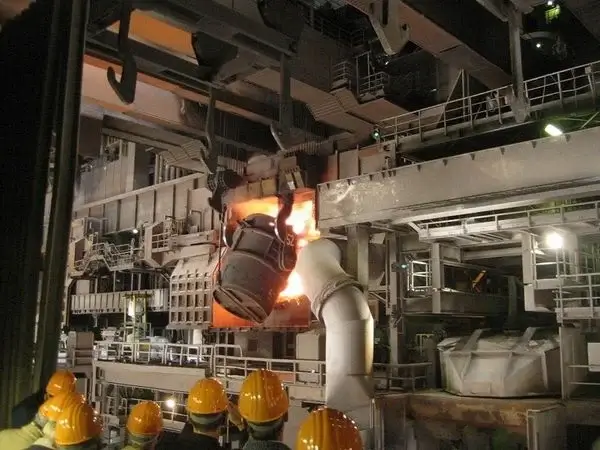
Case 2: Middle East Glass Manufacturing Plant (High Temperature Auxiliary Oxygen)
Customer Background: A float glass company in the UAE needed to supply 300Nm³/h of auxiliary oxygen to the furnace to improve combustion stability.
System Solution: Deployment of PSA system + oxygen buffer tank + on-line concentration monitoring device.
Advantages:
Fast startup, compact structure;
Footprint is less than 25% of the traditional system, which is convenient for plant layout;
Oxygen output fluctuation range is < ±0.8%, which improves the temperature control accuracy of the furnace.
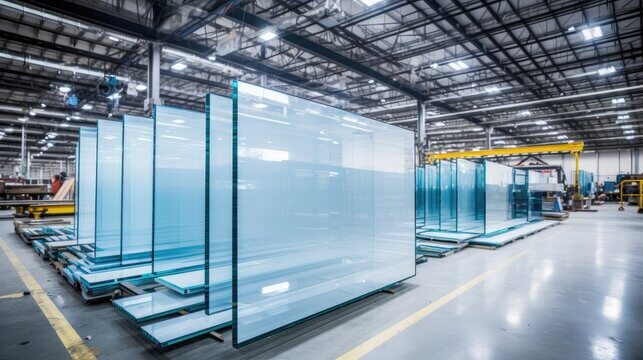
Case 3: German environmental protection equipment company (ozone system integrator)
Customer background: a German environmental protection equipment manufacturer, for a number of municipal water plants to provide centralized ozone system, the need to use 95% ± 1% high purity oxygen source.
System configuration: supporting MINNUO customized PSA system (three-tower), integrated proportional valve + oxygen concentration closed-loop control.
Highlights:
supports multi-stage flow switching, suitable for different ozone generator loads;
supports CE+PED double certification, convenient for exporting to the European market;
adopts a quick-fit base structure, convenient for customers to modularize the integration.
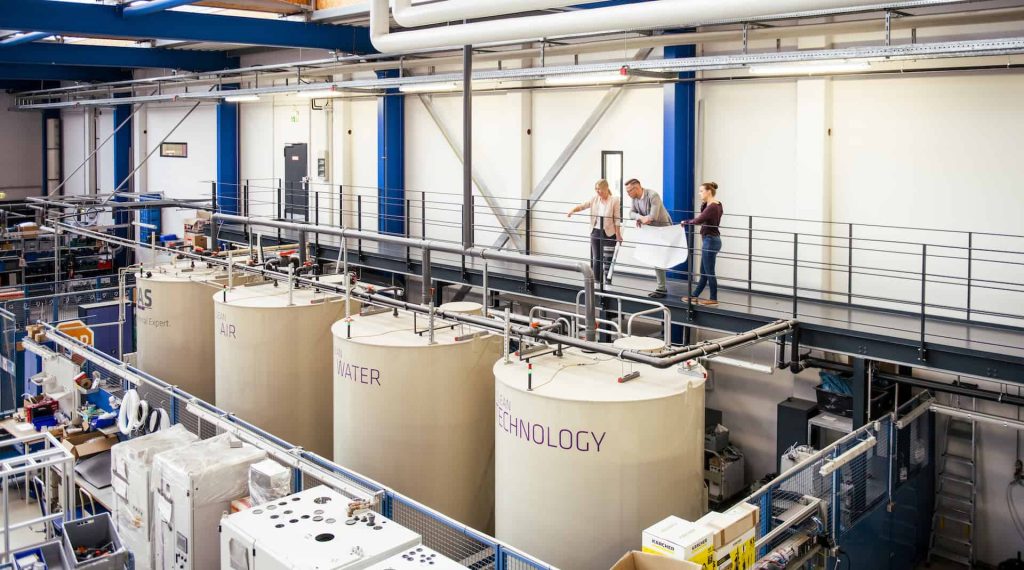
Case 4: South American wastewater treatment projects (aeration and oxygen supply)
Customer background: Argentina, a city wastewater plant renovation project requires a stable supply of oxygen 10~50Nm³/h for the aeration reactor.
System configuration: the use of medium-sized MINNUO PSA system + silent blower, integrated residual pressure alarm and temperature and humidity monitoring module.
Actual performance:
The system operates smoothly in the hot and humid summer in the southern hemisphere;
The oxygen concentration has no significant drift;
Compared with the original liquid oxygen system, the operating cost is reduced by 22%, and the number of maintenance visits is reduced by about 60%.
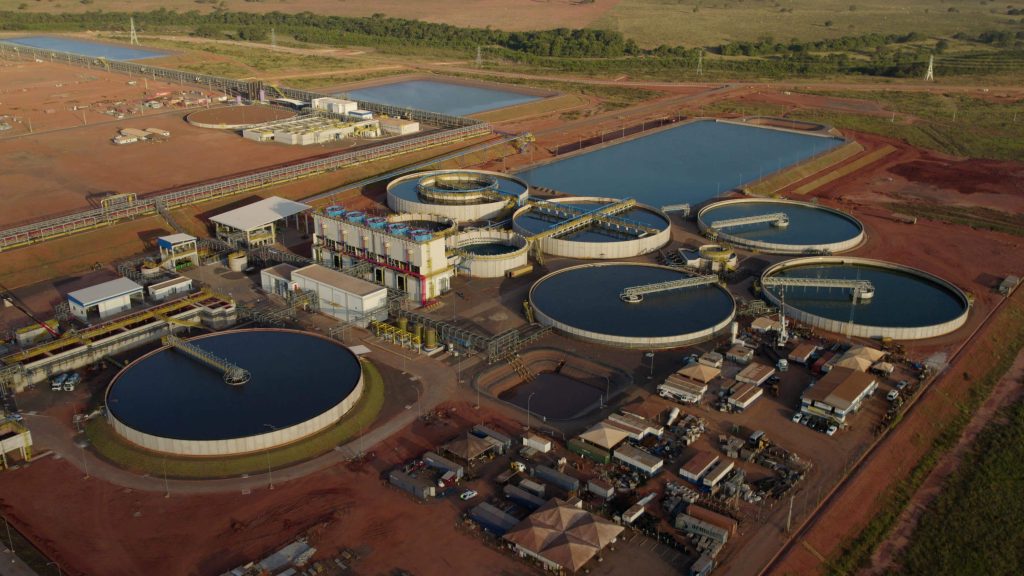
4.Buying Advice
Industrial oxygen equipment is not only a one-time purchase, but also a systematic decision for long-term operation. Before purchasing, make sure to carry out a systematic evaluation from the multi-dimensional aspects of “flow matching, technical solutions, hidden costs, system returns”.
4.1 According to the daily demand to choose the right size of equipment
Specify the amount of oxygen (unit: Nm³/h), combined with the daily use of time, seasonal load fluctuations, whether there is a peak in the use of gas and so on;
Recommended to retain 10% ~ 20% of the load redundancy, in order to cope with the future expansion of the production, maintenance of switching and other unexpected scenarios;
Typical matching recommendations:
50 ~ 100Nm³/h: 50~100Nm³/h: small sewage/laboratory/bottling station;
200~500Nm³/h: medium-sized glass factory, paper factory;
≥1000Nm³/h: metallurgy, fertilizer, ozone industry continuous oxygen demand.
4.2 Comparison of initial investment vs. long-term operation cost of technology paths
| Technology path | Initial investment | Energy consumption | Operation and Maintenance Cycle | Applicable Scale |
| PSA atmospheric pressure adsorption | Low | Moderate | More frequent | Small and medium-sized systems |
| VPSA vacuum adsorption | Medium | Highly energy efficient | Moderate | Medium and large-sized systems |
| deep cold separation | Very high | Stable but high energy consumption | Maintained by specialized teams | Very large-sized systems |
It is recommended to compare the “Life Cycle Cost (LCC)” based on the service life (≥3 years), not only the purchase price.
4.3 Focus on “hidden cost” differences
Replacement frequency: molecular sieve life, vacuum pump seal, fan failure rate;
Energy consumption differences: PSA main consumption comes from the air compressor, VPSA main consumption is in the vacuum pump + fan, need to assess the system efficiency ratio (kWh/Nm³);
Remote commissioning and service support: whether to support the access of SCADA system, whether to have “diagnosis + alarm + maintenance guide”; Remote commissioning and service support: whether to support the access of SCADA system, whether to have “diagnosis + alarm + maintenance guide”. Remote commissioning and service support: whether it supports SCADA system access, and whether it has the integrated function of “diagnosis+alarm+maintenance guideline”;
Spare parts availability: whether the brand has standardized part numbers and fast spare parts delivery capability, which affects the maintenance response time.
4.4 Recommended ROI tool to measure system payback period
Payback period calculation:
ROI (year) = total initial investment / yearly cost saving
Cost saving includes: liquid oxygen purchase substitution saving, operation and maintenance cost reduction, energy consumption reduction benefit;
MINNUO provides a proprietary ROI template calculator: input the flow rate, tariff, and operating hours, and then it will output the proposed ROI for a period of 3~5 years.
Conclusion
Choosing the right industrial oxygen generation system is not only a choice of technology path, but also a systematic decision about energy efficiency, safety, O&M cost and project suitability. Different industry scenarios (e.g. metallurgy, glass, electric power, environmental protection, ozone, etc.) have different requirements for oxygen purity, flow range, operational stability and remote intelligent control capability.
Among many industrial oxygen generation brands, MINNUO provides stable, efficient and compliant integrated oxygen generation solutions for customers at home and abroad with its more than 30 years of industry experience, customization capability covering PSA/VPSA/deep cooling routes, and technology accumulation adapted to complex working conditions such as high temperature, plateau and high humidity. Its systems have been widely used in Southeast Asia, the Middle East, Africa and other markets, and have received favorable comments from many industrial users.
If you are looking for high-performance, high-return industrial oxygen generation equipment, why not learn more about MINNUO’s solutions? Visit https://minnuogas.com for selection advice and technical support.

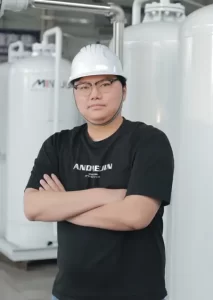

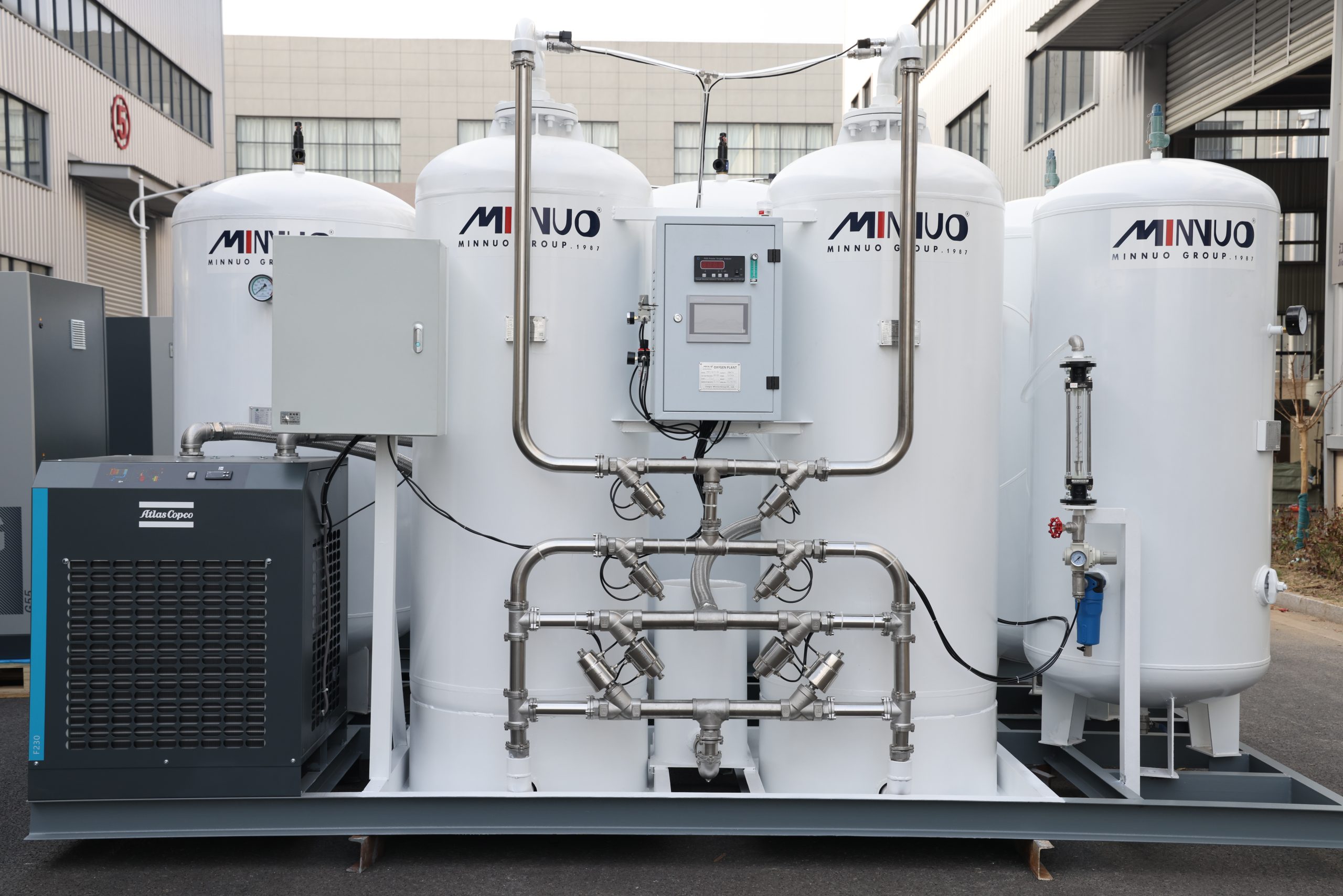
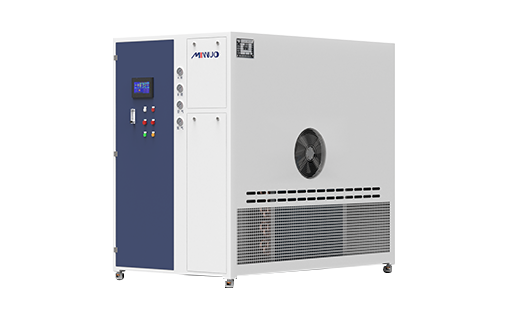

 sales2:+86 17506119168
sales2:+86 17506119168

